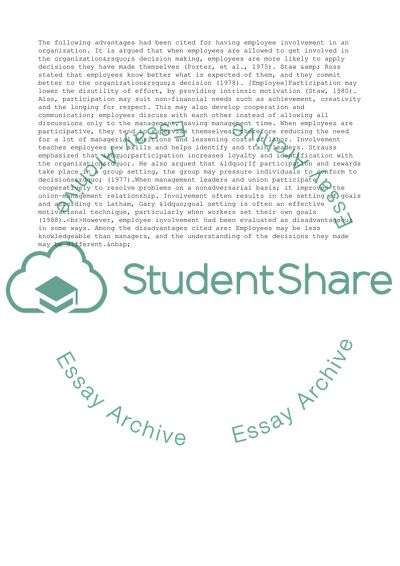Cite this document
(“Analysis of Employee Involvement on American Water Company Essay”, n.d.)
Analysis of Employee Involvement on American Water Company Essay. Retrieved from https://studentshare.org/management/1543612-employee-involvement-see-instructions
Analysis of Employee Involvement on American Water Company Essay. Retrieved from https://studentshare.org/management/1543612-employee-involvement-see-instructions
(Analysis of Employee Involvement on American Water Company Essay)
Analysis of Employee Involvement on American Water Company Essay. https://studentshare.org/management/1543612-employee-involvement-see-instructions.
Analysis of Employee Involvement on American Water Company Essay. https://studentshare.org/management/1543612-employee-involvement-see-instructions.
“Analysis of Employee Involvement on American Water Company Essay”, n.d. https://studentshare.org/management/1543612-employee-involvement-see-instructions.


